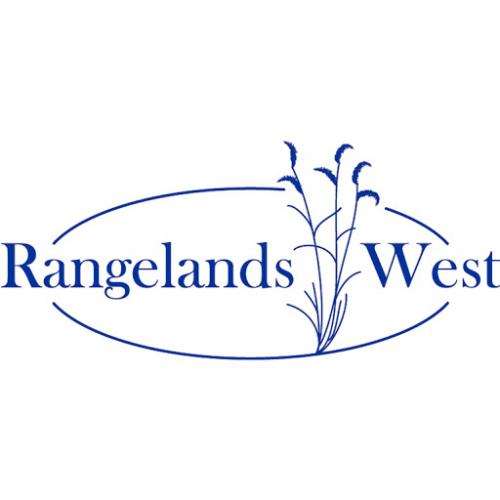Sediment is an important pollutant in the United
States. Attempts to control sediment are under
consideration for water bodies where sedimentaffected water does not support designated uses. To
be economically efficient, policies to control
sediment should achieve required reductions in
sediment at least cost. On rangelands, quantifying the
scope of sediment reduction available through land
management is problematic given the difficulty in
quantifying sediment detachment, transport and
deposition processes, and watershed runoff and
sediment yield. As many ranches are economically
stressed, imposing additional costs to reduce
sediment could drive some ranchers out of business.
A constrained optimization model was built that
simulates the effect of imposing a constraint to
reduce watershed sediment yield. The model
calculates a rancher’s net return subject to technology
and soil detachment and sediment yield constraints.
By varying the sediment constraints and solving the
model multiple times, an abatement cost curve can be
estimated. A case study of the Walnut Gulch
Experimental Watershed is examined in which the
entire watershed is modeled as a single ranch. Results
indicate little scope to significantly reduce erosion by
reducing herd numbers in the short run. Although
additional research is needed to quantify the effects
of management on the vegetation community and
sediment yields, automated methods to calculate
abatement cost curves could improve rangeland water
quality decision-making.
(source:abstract)

Articles, citations, reports, websites, and multimedia resources focused on rangeland ecology, management, restoration, and other issues on American rangelands.